The Five Element Theory
The Five Elements, earth, fire, water, metal and wood were selected by the sages of long ago to describe patterns and relationships between many variables. They relate to one another in an abstract sense and can be used to describe the relationship between the seasons and many other aspects of our lives, including our emotions organs in the human body. The Five Element theory is one of the major systems of thought within Traditional Chinese Medicine and is used when practising acupuncture. But the Theory is also used as a guide to help balance our emotional and physical health. Based on the Taoist theory that each of us is a microcosm of the universe, it stands to reason that the human body will experience similar cyclical patterns as in nature, such as the changes of
seasons and the cycle of life and death.
When looking at the human body, the organs are depicted as one of the Five Elements, and in a healthy body all organs are functioning efficiently and in harmony. Two primary forces (yin and yang) interact in the body and hopefully there is a balance between these two forces within the body.
The Five Element Theory explains the relationship between the organs and the way energy travels to the organs (through meridians), and how the chi, or energy, originates from the kidneys. The kidney's job is to filter blood, which is then circulated through the body.
Chi energy is associated with the the kidneys because they are said to hold opposing fire and water energy. An imbalance in these two elements will affect other organs. In a healthy body, organs are working in harmony, with all elements in a balanced state. In an unhealthy body, organs are not functioning effectively, which has a spiralling affect on the other organs.
When practising tai chi and qigong, much of the meditation involves focusing on the belly where the dantien and mingmen are located. These directly nourish the nearby kidneys. The movements of taichi and qigong rotate and massage this area, thereby balancing the kidneys which allow a flow on effect to other organs. Tai chi is designed in-part to nourish and support the activity of the kidneys.
The five steps in the Bafa Wubu sequence relate closely to the Five Element Theory. Each of these elements corresponds to specific directions, movements, and strategic principles, which align with the steps used in martial arts.
The Five Steps and Their Corresponding Elements
Advancing
Element: Fire.
Direction: Forward.
Explanation: Fire is associated with upward and outward movement, representing expansion and aggression. Advancing forward aligns with Fire's dynamic, assertive nature, embodying the energy of moving toward a goal or an opponent with force and intention. The energy of Fire represents initiative, driving forward with determination and force in both martial and energetic terms.
Retreating
Element: Water.
Direction: Backward.
Symbolism: Water symbolizes adaptability, fluidity, and retreat. Just as water flows backward or finds the path of least resistance, retreating involves yielding, conserving energy, and repositioning. It reflects a strategic withdrawal, much like water’s ability to move back and regroup. Water represents yielding to pressure and strategically retreating to maintain balance or prepare for a new attack.
Stepping to the Left
Element: Wood.
Direction: Stepping or looking to the left.
Symbolism: Wood represents growth, flexibility, and lateral movement. Stepping to the left aligns with Wood’s expanding and growing nature, embodying the idea of exploring new directions and expanding the range of movement, much like a tree branching out. Wood represents growth and flexibility, allowing a change of position to avoid attacks or reposition strategically.
Stepping to the Right
Element: Metal.
Direction: Stepping or looking to the right.
Symbolism: Metal is associated with contraction, precision, and structure. Stepping to the right reflects Metal's strategic, decisive nature, embodying control, refinement, and cutting off or redirecting the opponent’s force with precision, much like a sharp blade. Metal embodies discipline, control, and sharpness, providing precision and strength in positioning during combat.Earth represents the central axis, the foundation that supports all movement and harmonizes the other elements. It is the key to maintaining balance and control in any situation.
Central Stability
Element: Earth.
Direction: Center/Stillness.
Symbolism: Earth represents grounding, stability, and balance. Central stability is about maintaining a firm and rooted stance, embodying the element of Earth by staying centered, balanced, and connected to the ground, providing a strong base for all other movements. Earth represents the central axis, the foundation that supports all movement and harmonizes the other elements. It is the key to maintaining balance and control in any situation.
Summary of Relationships:
Fire (Advancing): Energetic, aggressive, and forward-moving.
Water (Retreating): Yielding, adaptable, and backward-moving.
Wood (Left): Expansive, flexible, and outward-moving.
Metal (Right): Structured, sharp, and inward-moving.
Earth (Central Stability): Grounded, stable, and balanced.
The diagram below shows the 5 elements and the associated 5 steps, emotions, seasons and organs.


